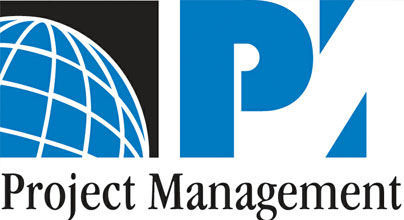Project Risk Management Project risk management can be defined as “the systematic execution and monitoring of tasks to detect, analyze and optimize project risks.” Project risk management is also a method of finding risks, classifying risks and mitigating risks. It involves both quantitative & qualitative methods of ranking risks according to their potential to create problems. Risk is any uncertain event that can have an impact on the success of a project. Schedule slippage is a risk, even if it's caused by bad estimating. Another example would be a change in the Project’s scope or requirements. You will clearly understand that there are 4 ways to handle a Risk:
You will learn that Risk mitigation is an essential part of project risk management. The risk manager creates several methods of mitigating each risk. Mitigation methods are ranked by their traits, such as cost, time to implement and effectiveness. The organization then implements the mitigation method with the completion of a Project Risk Plan. Once it is complete, the risk may be considered closed if the mitigation successfully reduces the severity below a predefined threshold that the risk manager and project team stakeholders define and accept. To sign up for this online session module and receive 12 PMI® PDU’s <click here> |



